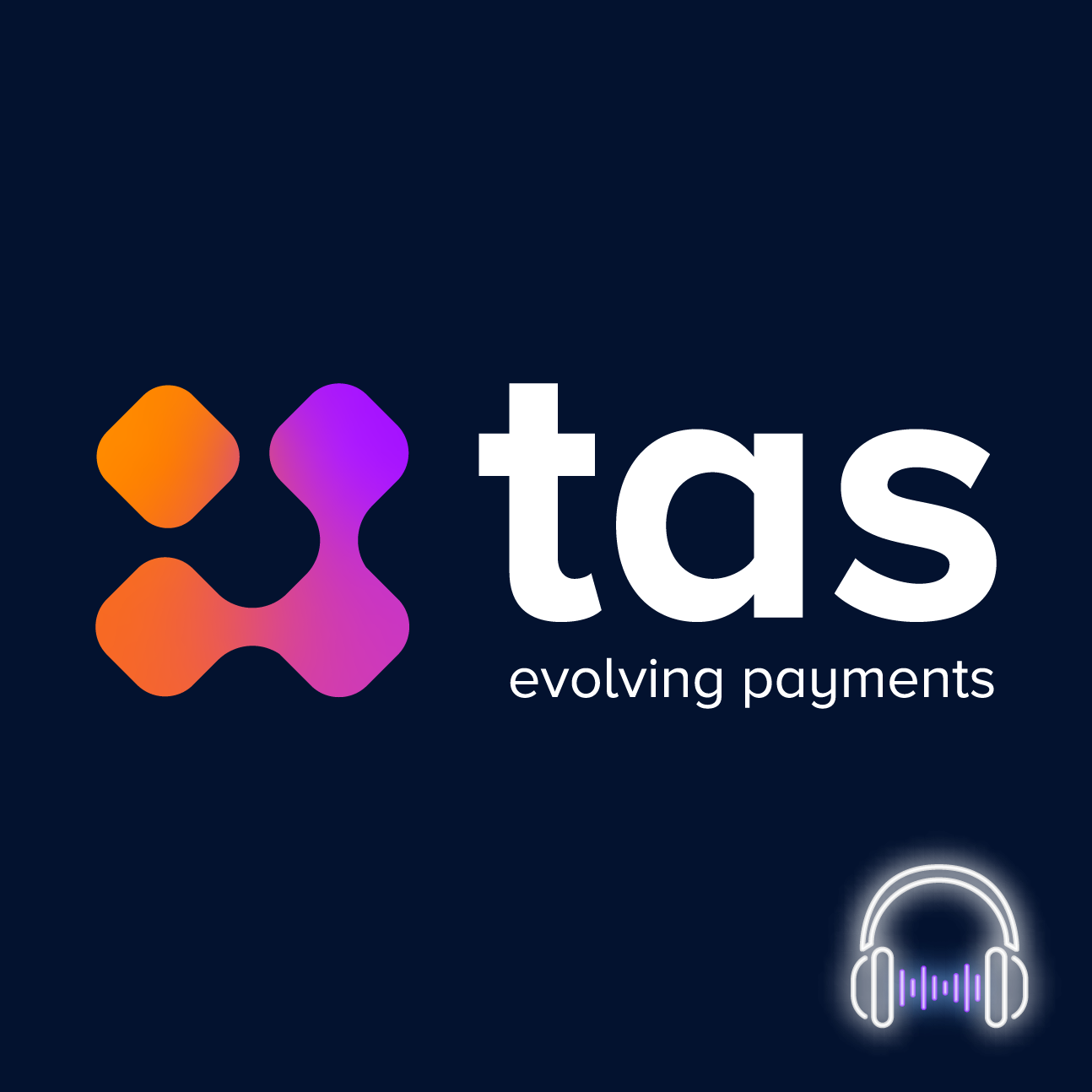TAS is assisting banks in analyzing the necessary steps to comply with the upcoming implementation of instant payments, set for 2025. The focus is on managing higher transaction volumes instantaneously and the need to enhance anti-fraud measures.
More data to analyze in real-time and new security measures to implement are the two main concerns for the financial sector, grappling with the recent directive on instant payments. "Instant payment is a service that allows the payer to execute a transaction that is immediately credited to the beneficiary's account," says Odisseo Di Michele, Business Development Manager at TAS. "With the new regulation that came into effect a few months ago, instant payments are now treated like regular transfers, with settlement on the next business day, now instant. This service must be available across all channels where customers typically place payment orders, applying the same price to both types of transfers."
The Surge in Instant Transfer Volumes
Given equal fees, consumers might favor instant transfers, leading to a surge in transaction volumes to be managed. "In 2023, an average of 25 to 30 million SCT payments were processed daily in the euro area, with a daily settlement of 80 to 100 billion," Di Michele notes. "Currently, instant payments average a couple of million transactions per day, with a value of a few million. The increase in instant payments could reach peaks requiring significant infrastructure upgrades, and using the cloud might be the right approach."
Handling Corporate Payments
Instant processing won't be limited to retail transactions but will also include corporate transactions. "The corporate segment will also be assured instant transfers at the same price, and payments will need to be processed as soon as they are received. This will change the banks' payment management paradigm," says Di Michele. "Today, corporate flows are received and processed in the evening; tomorrow, banks will need to split payment orders and see if there are instant payments to execute immediately."
Verifying the IBAN-Beneficiary Match
The new requirements impact not only transaction volumes but also security levels, which must be raised without compromising the instant nature of these payments. "The regulation introduces mandatory and free verification of the match between the IBAN and the beneficiary's name (first and last name, legal entity, or VAT number). This aspect represents the most challenging change," highlights Di Michele. "The check must be performed by the beneficiary's bank, requiring instant communication between the ordering and beneficiary banks, operational across the euro area. Technically, this is not easy to implement."
Bank and Payer Responsibilities in Instant Payments
If the IBAN check matches, the payment proceeds instantly. Otherwise, the process becomes more complex. "The bank must ask the payer if they want to proceed despite the mismatch. Without verification, in case of fraud, the bank must refund the amount," Di Michele explains. "To combat fraud, it is necessary to leverage AI to study suspicious behavioral patterns and enhance financial education to make users aware of the risks."
The Adaptation Timeline
By January 2025, banks that do not yet offer the service must be ready to ensure the receipt of instant payments and activate additional controls on financial restrictions to limit AML and fraud cases, as well as adjust pricing. "By October next year, it will be mandatory to offer instant payments among the transfer types on all touchpoints, along with verifying the IBAN-beneficiary match, which will extend to EMIs and payment institutions by 2027," concludes Di Michele. "We are currently supporting banks in the analysis phase, focusing on application adjustments. We see good opportunities to offer a high level of service through a cloud infrastructure, integrating the needed services and optimizing payment processes to comply with the new requirements."
Source: AziendaBanca "Dati e antifrode: i due driver per adeguarsi ai pagamenti instant."
English version of the article by TAS.






